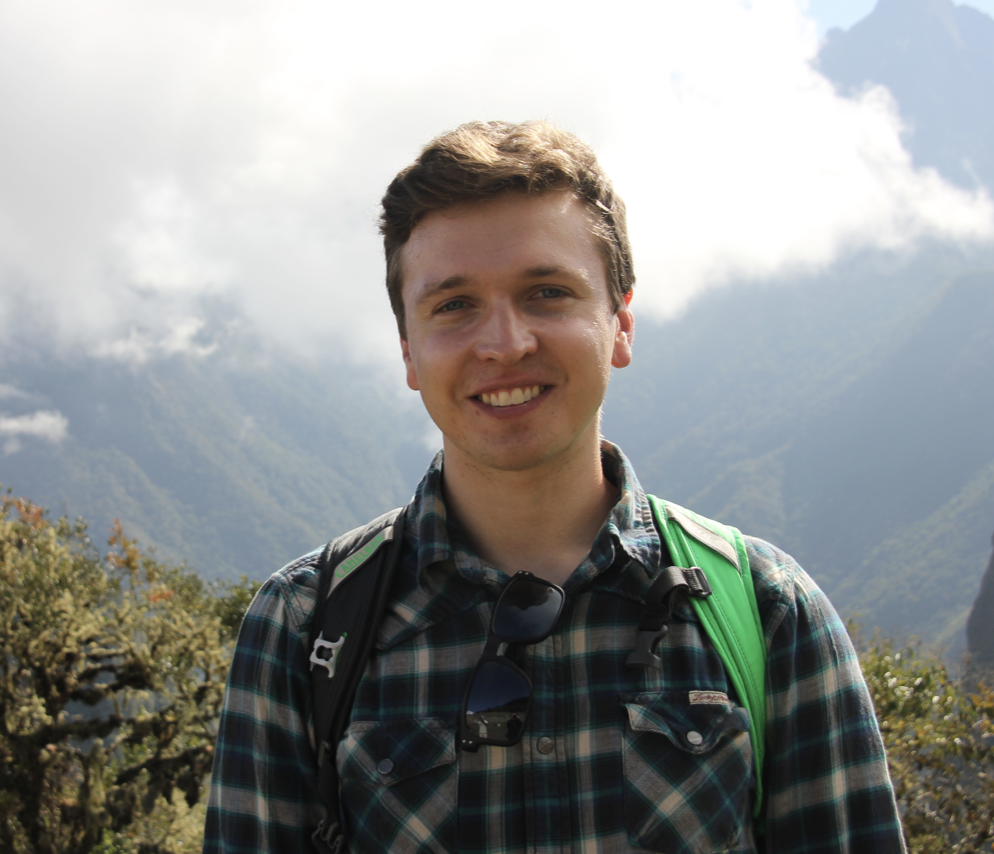Carl Padgett: Spin Phonon Coupling in Diamond Optomechanical Crystals with Embedded Defect Centers

Abstract:
Optomechanical crystals have been used to demonstrate a variety of interesting quantum effects, including optomechanical cooling of a nanomechanical resonator to its ground state, optomechanically induced transparency, squeezed light generation, and quantum state transfer between superconducting qubit quantum information processors and optical quantum communication channels. In comparison to the typical host material of silicon, diamond has several highly desirable properties including a high Young’s modulus, a large band gap that facilitates optical addressing of defect center states, and simpler surface chemistry which reduces the rate at which light involved in the optomechanical interaction is lost via absorption by surface states of the material. Preliminary investigations of our diamond optomechanical crystals indicate that significant surface optical absorption remains absent from our system despite intracavity photon numbers close to 104, which would create significant loss for a similar system in silicon. This opens up avenues towards both new experiments in optomechanics such as telecom-wavelength optomechanically generated squeezing of mechanical motion, while the easy integration of defect centers that couple to the mechanical degree of freedom permits provides a promising route towards elusive strong coupling between spins and phonons and associated schemes such as optomechanically assisted readout of long-lived spin states.
Bio:
Carl grew up in the Chicago area and attended the University of Chicago as an undergraduate. There, he worked with Jon Simon on building optical cavities for experiments that use engineered interactions between photons to examine condensed matter phenomena. After graduating in 2019, he moved to Santa Barbara to pursue his PhD in the group of Ania Jayich, where he focuses on optomechanics in diamond nanomechanical resonators and utilizing the interactions of defect center spins with crystal strain to study spin-phonon coupling and its application to mechanically-assisted spin readout and generation of squeezed states of spins. In his spare time, Carl enjoys riding his bike, surfing, and exploring nature.